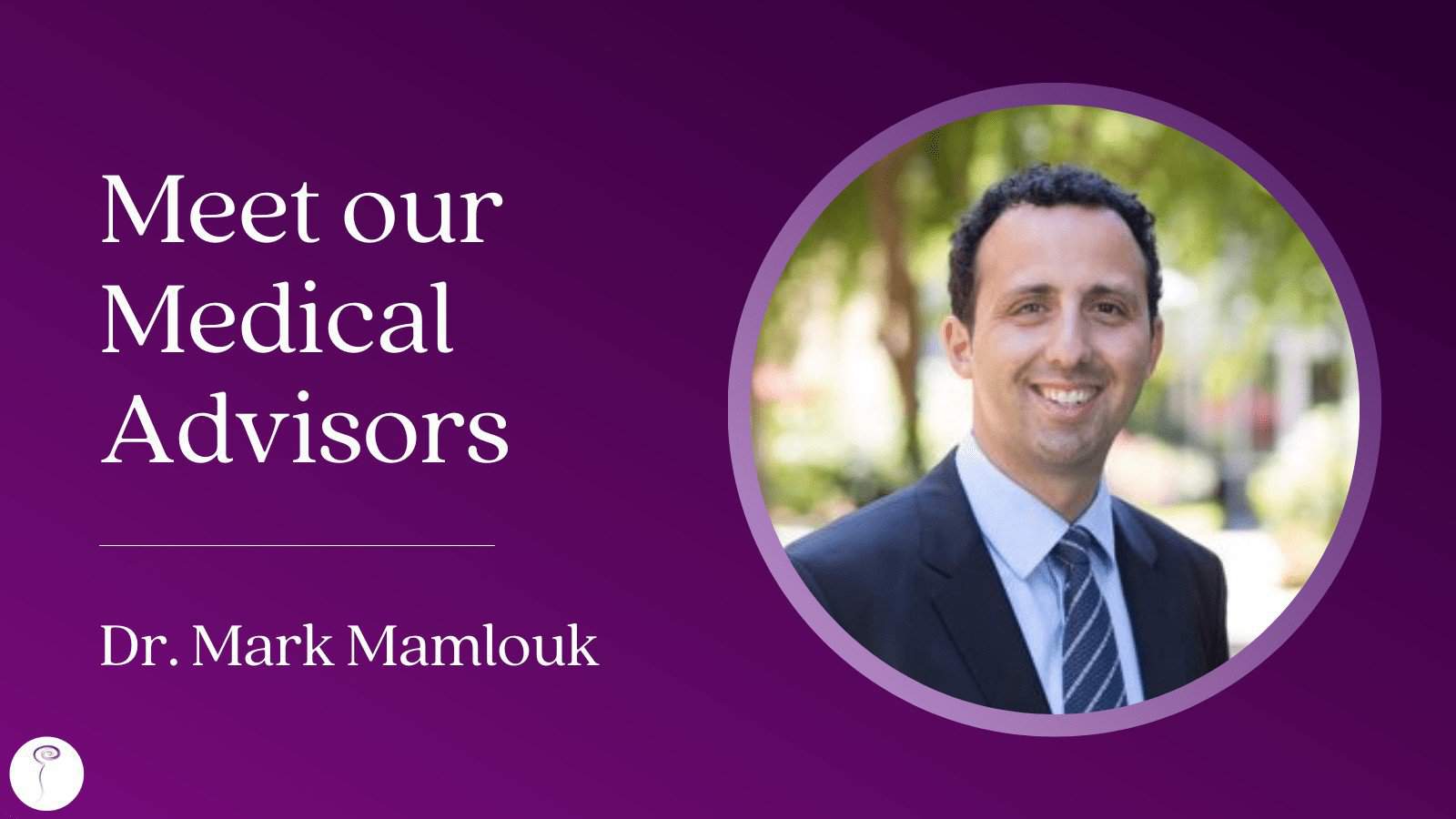Meet Dr. Mark Mamlouk, a neuroradiologist at Kaiser Permanente Santa Clara and the regional neuroradiology lead within The Permanente Medical Group (TPMG). Dr. Mamlouk received his medical degree from the University of Arizona and completed his radiology residency at the University of California, Irvine. He then completed a two-year fellowship in neuroradiology at UCSF, where he was chief fellow.
His clinical and research expertise encompasses all aspects of neuroradiology, including brain, head/neck, and spinal imaging. A major focus of his practice is pediatric neuroradiology, where he performs advanced imaging techniques such as fetal MRI. He is the director of the TPMG Spinal CSF Leak Program, where he leads a multi-disciplinary team to help patients with spinal CSF leak. He is also co-director of the Vascular Anomalies Clinic at Kaiser Permanente Santa Clara, a multidisciplinary clinic that provides care for children and adults with cutaneous vascular anomalies, including hemangiomas, kaposiform hemangioendotheliomas, venous malformations, lymphatic malformations, AVM/AVF, and PHACE syndrome. At Kaiser Permanente, he enjoys educating trainees and serves a similar role at UCSF, where he is a volunteer clinical assistant professor. And he has recently joined the Spinal CSF Leak Foundation’s medical advisory board.
We recently asked Dr. Mamlouk to share with us a little about his life and work.
What first motivated you to focus on spinal CSF leaks?
I was introduced to the topic during my neuroradiology fellowship at the University of California San Francisco, where my mentor Dr. Bill Dillon would guide me through the nuances of myelograms and blood patches for CSF leaks. I recall the good we did towards patients but also that there was so much still unknown, particularly in the future discovery of CSF-venous fistulas. After I joined Kaiser Permanente following my training, there was a patient need for diagnosis and treatment of spinal CSF leaks throughout the Northern California Kaiser network, which propelled me to establish a program, assemble a team, and foster research opportunities. It has been one of the greatest joys of my professional career.
What do you wish more people knew about spinal CSF leaks?
That it is an under-recognized disorder, and despite the more we learn about it, there are still many unanswered questions.
What are you most excited about right now regarding spinal CSF leak research?
Our group is trying to develop new minimally invasive treatments for chronic ventral dural tears to potentially avoid surgery.
What do you like to do when you’re not seeing patients or thinking about spinal CSF leak?
Spend time with my family, travel, and explore new foods.
Thanks, Dr. Mamlouk, for all you do to help patients, educate others, further research, and raise awareness about spinal CSF leak!

